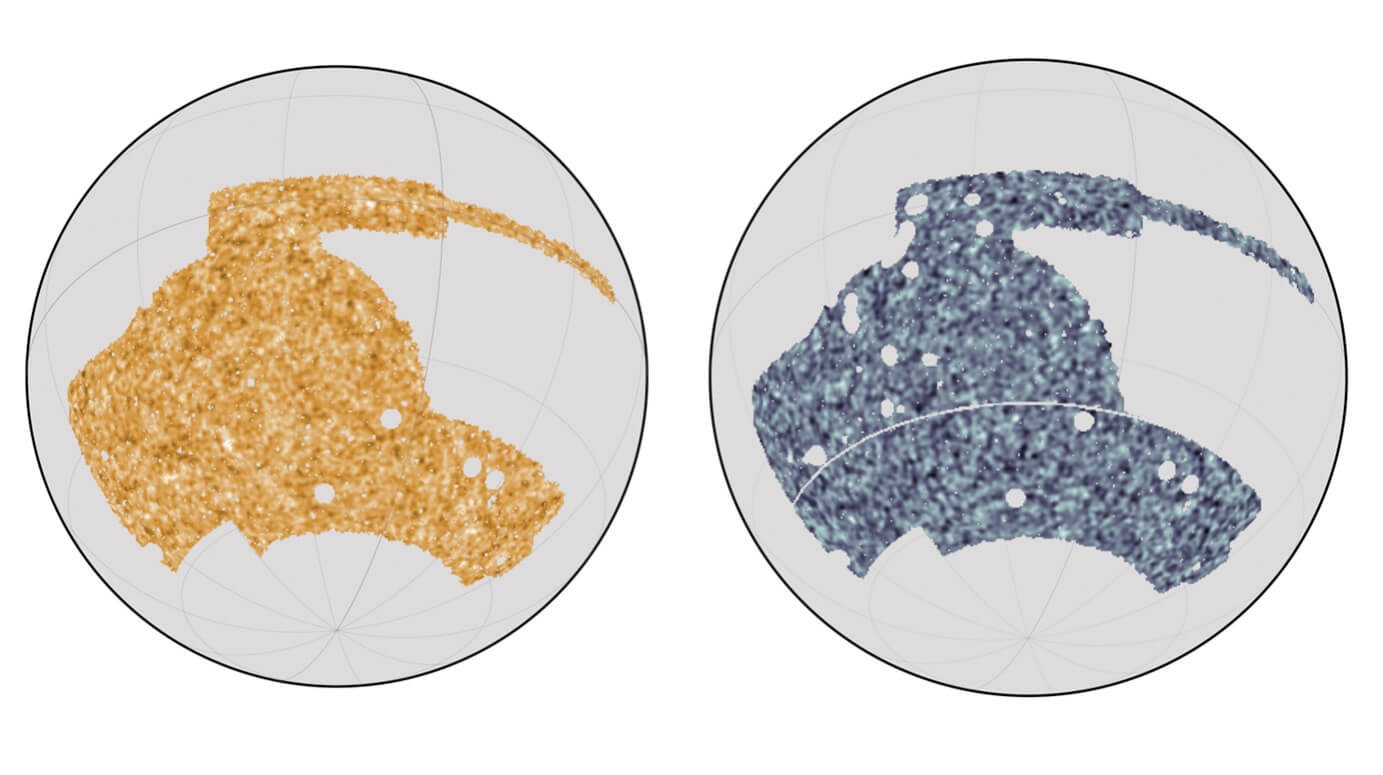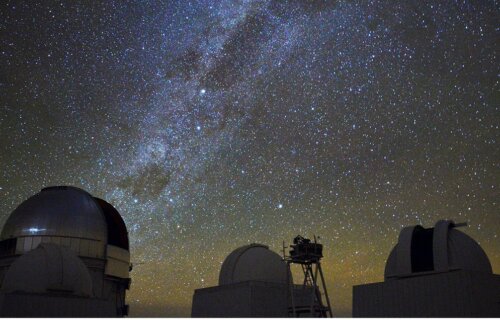CHICAGO — Scientists are giving us the most detailed look of the universe in history. The new 3D map is providing new insights into the evolution of stars, planets, and moons throughout our galaxy and beyond. Thanks to data collected by teams in Chile and Antarctica, this map also includes dark matter, the invisible “glue” that scientists believe holds the cosmos together.
The Dark Energy Survey analyzed the sky over six years from a mountaintop in the Andes. The South Pole Telescope looks for faint traces of radiation that have been travelling for more than 13 billion years — since the time of the Big Bang. Study authors believe the universe contains more than 100 billion galaxies, but just five percent consists of known material such as atoms and sub-atomic particles. One major finding of the review is that space is less “clumpy” than astrophysicists have previously suspected.
“It seems like there are slightly less fluctuations in the current universe, than we would predict assuming our standard cosmological model anchored to the early universe,” says analysis co-author and University of Hawaii astrophysicist Eric Baxter in a media release.
The map adds to previous evidence that there may be something missing from our understanding of the universe. Scientists believe all matter was created during a very hot and intense explosion that has been continually spreading outwards — cooling and gathering as it goes. Tracing its path helps experts understand what happened in the moments since the Big Bang and the forces that were in play during that event.

Using two different methods reduces the chances that the results are thrown off by an error.
“It functions like a cross-check, so it becomes a much more robust measurement than if you just used one or the other,” says co-lead author and UChicago astrophysicist Chihway Chang.
Scientists are literally shedding light on the universe
Both studies looked at a phenomenon called gravitational lensing. As light travels across the universe, it can be slightly bent as it passes heavy objects — like galaxies. It catches both regular matter and the mysterious dark form as each exert gravity. Rigorous analyses inferred where all the matter ended up. This tests are more precise than ever before, narrowing down the possibilities.
The new model incorporates currently accepted physical laws. Dr. Chang and the team took the readings from the beginning and extrapolated them forward through time. The results look slightly different from what we actually measure around us today. Specifically, the universe clusters in certain areas rather than being evenly spread out.
The landmark study yielded important information, opening the door to a better future strategy for space exploration. More large telescopes are coming online in the next few decades that will help expand humanity’s study of the stars.
“I think this exercise showed both the challenges and benefits of doing these kinds of analyses,” Chang concludes. “There’s a lot of new things you can do when you combine these different angles of looking at the universe.”
The project, involving more than 150 researchers, is published as a set of three papers in the journal Physical Review D.
South West News Service writer Mark Waghorn contributed to this report.

